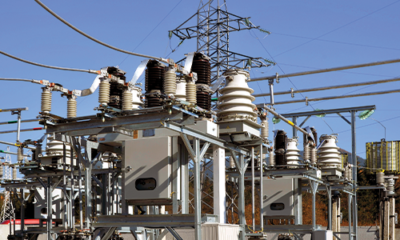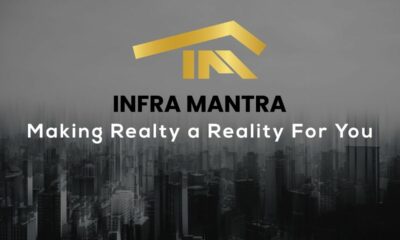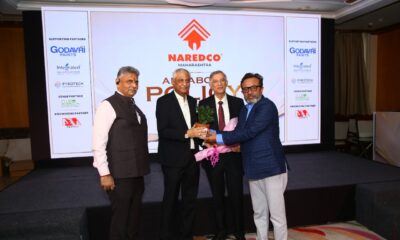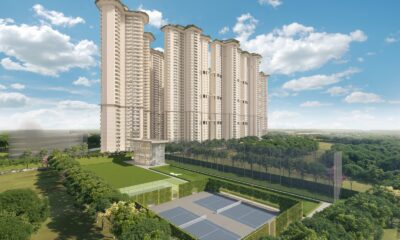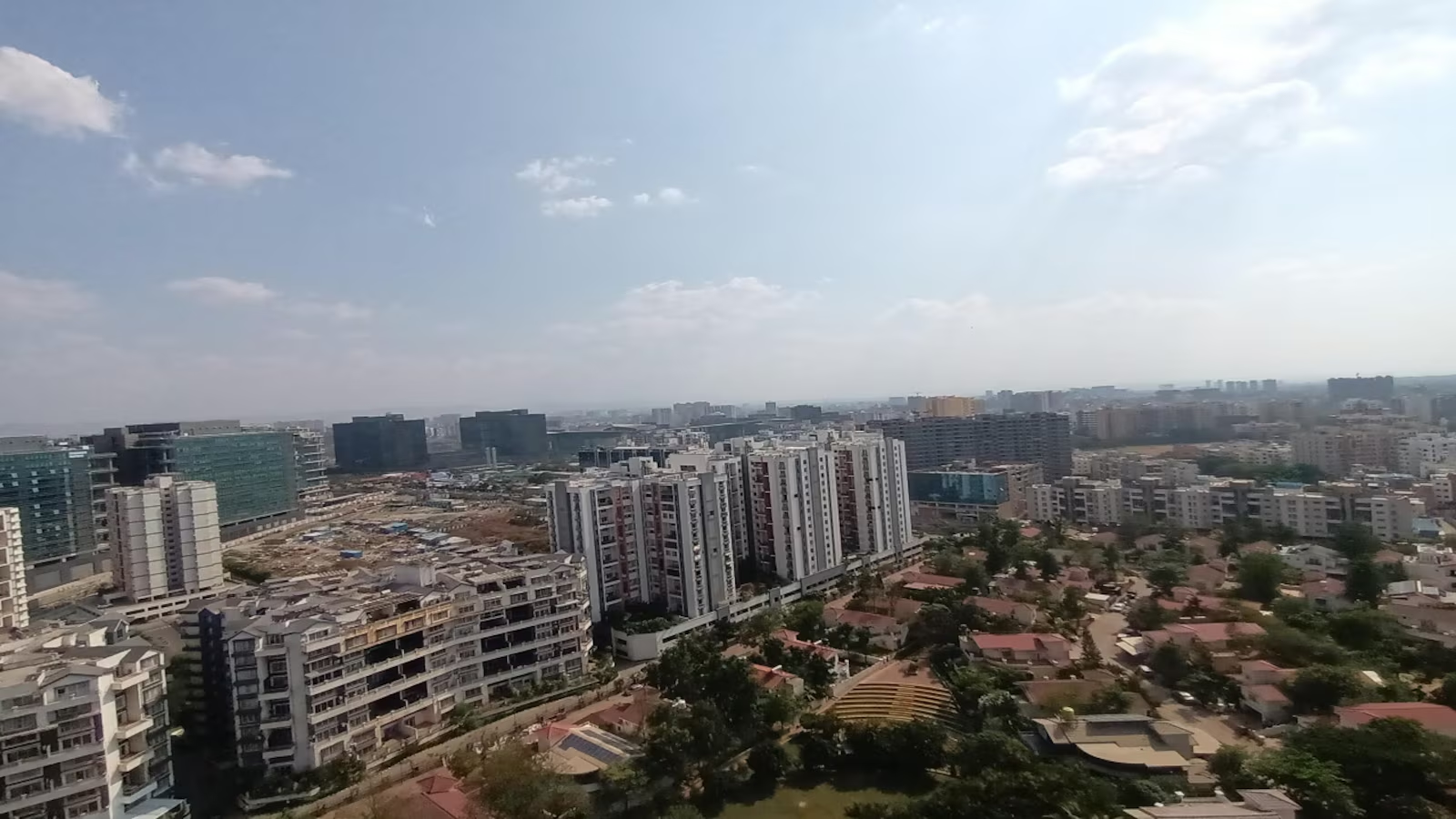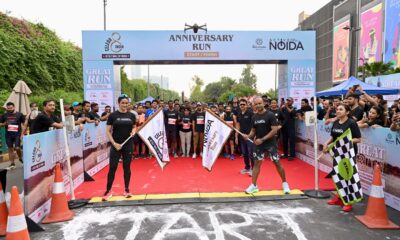News
Multi-point connection essential for society to get rid of inflated bills


People living in multi-storied housing societies are subjected to inflated electricity bills thanks to the single-point connections in most such buildings. As the shift to multi-point connections has been made mandatory, the residents must take a lead and insist upon the builder to go for a changeover to this highly trusted and advantageous mode. It’s a win-win situation, both for them as well as the discoms which supply the electricity to their homes.
Living in a multi-storied apartment complex, though having a host of advantages, also entails a lot of ‘other’ expenses which include maintenance charges and payment for the common area power usage. With single-point connections in place, the electricity bills are paid to the builder, who in most cases charges extra from the residents in the absence of any credible info on the exact amount of power consumed. Since keeping a tab on the electricity consumption of the entire building is not feasible, society dwellers are saddled with hefty electricity bills on a regular basis.
The majority of residential societies have single-point connections, using dual-source dual register meters to record electricity consumption. Although used widely, single-point connections can be susceptible to extra charges being incurred by the builders. The difference between multipoint and single-point connections is essentially about the transparency of electrical consumption and the bills generated. The electricity supply in a multipoint connection is linked from the Electricity Board to individual homes directly making the grid supply payment easier and just right.
- Since keeping a tab on the electricity consumption of the entire building is not feasible, society dwellers are saddled with hefty electricity bills on a regular basis.
- The difference between multipoint and single-point connections is essentially about the transparency of electrical consumption and the bills generated.
- In order to carry out the connection changeover, members of a society need to come in solidarity with the builders and fast-track the process of conversion.
- The shift to multipoint connection has been mandated with a view to refrain the builders from exploiting the residents by imposing excessive costs on them for the grid supply.
With their complete transparency, multipoint connections are essential for all societies to have as they save their occupants from unsolicited charges on electricity bills. In order to carry out the connection changeover, members of a society need to come in solidarity with the builders and fast-track the process of conversion. With the suo moto order of the 13th Amendment of the Electricity Supply Code 2005 in force, the Government has initiated the process of converting single-point connections of multi-storied buildings to multipoint. It is pertinent to note that despite the multipoint connection, the maintenance of infrastructure from the High Tension (HT) line to the metering shall be done by the builder/RWA.
The multipoint connection ensures direct connection from respective discoms to residents of multi-storied buildings while the payment of the grid supply is deposited directly to the respective Electricity Board. The discoms are required to send a ‘bill-cum-payment recharge statement’ electronically on the registered e-mail ID and mobile number of the actual user.
The builders or licensees require the consent of at least 51 percent of consumers to retain a single-point connection. A fixed cost for the infrastructure change has also been finalized by the Uttar Pradesh Electricity Regulatory Commission (UPERC) to make the changeover convenient and favorable to the consumers. No other charge, except the prepaid meter cost and connection charges, will be levied on the consumers.
The shift to multipoint connection has been mandated with a view to refrain the builders from exploiting the residents by imposing excessive costs on them for the grid supply. Although the DG supply and its charges remain with the builder, the multipoint connection is a more trusted medium for fair electricity bills to the end-users.
-



 News4 weeks ago
News4 weeks agoKW Delhi 6 Mall Onboards New Brands
-



 News4 weeks ago
News4 weeks agoCommercial Realty Gets Tech Savvy: Fast Construction, Enhanced Convenience
-



 News3 weeks ago
News3 weeks agoGodrej Properties Sells Rs 3k cr+ Homes of Godrej Zenith, Gurugram, within 3 days
-



 News3 weeks ago
News3 weeks agoRBI’s Status Quo on Key Policy Rates to Help Maintain the Real Estate Growth Momentum, Say Industry Stalwarts
-



 News2 weeks ago
News2 weeks agoOlive Announces Dhruv Kalro as Co-Founder
-



 News1 week ago
News1 week agoNoida’s High-Rise Societies Face Multiple Challenges Despite Rapid Urban Growth
-



 News3 weeks ago
News3 weeks agoGodrej Properties Sells 5000+ Homes of Rs 9.5 cr in Q4FY24, Bookings up 84% YoY
-



 News2 weeks ago
News2 weeks agoVestian: Domestic Investors Dominate Institutional Investments in Jan-Mar’24







